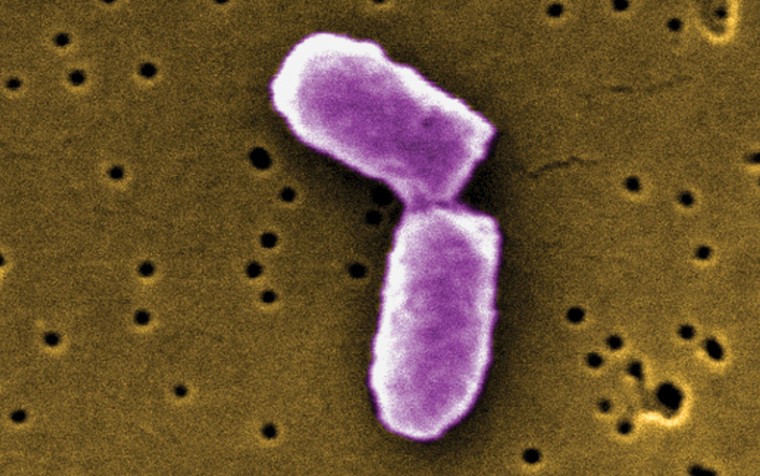Light has been shed on the longstanding question of how cells regulate size and how they know when to divide. According to recent research at UC San Diego, some cells–billions of years divergent from each other–use a unique, robust and simple method that had not been observed by scientists. The research has ruled out both of the prevailing theories of cell division–the so-called “timer” and “sizer” theories. Instead, evidence points towards an “adder” paradigm that corrects for differences in birth size through reproduction.

“Our experimental data and analysis of growth of Escherichia coli and Bacillus subtilis shows neither timer nor sizer are correct models,” Dr. Sattar Taheri, postdoctoral fellow in the Jun Lab in the Physics Department of the University of California, San Diego and first author of the report, told The Speaker. “Instead, cells ‘add’ a constant mass in since birth until division. That is, irrespective of the cell size at birth, cell grow by a constant size and then divide. This strategy automatically ensures that cell of larger/smaller than average size, correct their size within several generation.”
The new “adder” paradigm is a simple mathematical principle. Further mathematical model developed by the researchers helped understand fluctuations and distributions of cells’ growth parameters.
Time and size do not even factor into growth and division for “perfect adders.”
Taheri explained the problem approached by the research.
“In their life cycle, bacteria grow in size until they divide into two daughter cells. Scientists knew that cells have a ‘strategy’ to control their size–or, in other words, when to divide–but we did not know what that strategy is.
“In fact, this has been one of the long standing problems in biology.”
The research was conducted with a device that allowed the team to isolate individual genetic materials and observe the E. coli and B subtilus over hundreds of generations and under various conditions. Samples about a thousand times better than previous samples were derived from this process.
“Without a powerful technology to precisely acquire data on growth of live cells, people could only suggest theories. ‘Timer’ and ‘sizers’ were two major ideas. Based on the timer model, cells have a clock. The clock start when cells are born, and once a constant period of time passes, division is triggered–irrespective of the cell size. The sizer model suggests that growing cells divide once they reach a critical size. This requires cells continuously monitor their size.
The research, as Taheri stated, found that the previously posed models could not explain growth and division. Instead, a surprising new concept emerged: the “adder” paradigm that applied to most of the bacteria the team has so far studied–as well as the data coming out of other labs.
However, the solution is only a part of a greater picture. Taheri noted that cell division was much more complex than a single theory could explain.
In particular, higher organisms “care more” about size, and add more mass before dividing if they are born smaller. That said, those cells also reach target size in the same way that perfect adders do, according to the researchers.
“Note that this adder principle is not the only possible strategy to maintain size homeostasis. It was unexpected to find this, specially in both E. coli and B. subtilis–that are billion years apart in evolution. It’s a unique way. Robust and simple. However, some other higher organisms, including yeast, seems to use other strategies.”
The two reports that resulted from the research, “Cell-size maintenance: universal strategy revealed” and “‘Cell-size control and homeostasis in bacteria” were completed by Suckjoon Jun, Massimo Vergassola and Sattar Taheri-Araghi, and were published in the journal Current Biology. Both papers will be available at the Jun Lab webpage.
